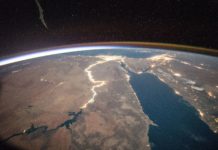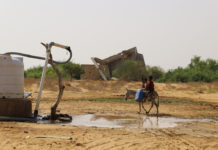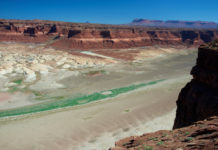This post on the threat of drought is part of the ongoing series where we are tracking the global water crisis.
“Drought is characterized by a lack of precipitation—such as rain, snow, or sleet—for a protracted period of time, resulting in a water shortage. While droughts occur naturally, human activity, such as water use and management, can exacerbate dry conditions. What is considered a drought varies from region to region and is based largely on an area’s specific weather patterns. Whereas the threshold for drought may be achieved after just six rainless days on the tropical island of Bali, annual rainfall would need to fall below seven inches in the Libyan desert to warrant a similar declaration.” National Resources Defense Council

- According to the UN Convention to Combat Desertification by 2025, two-thirds of the world will be water-stressed.
- 8 Billion people will experience serious water shortages by that time.
- Modern droughts cause more deaths than cyclones, earthquakes and other types of natural disasters.
- By 2045 this global reality will force 135 million people from their homes.
- A report from the University of Arkansas found that droughts in the southern United States are leading to greater and more frequent heatwaves in the region.
- More than 44% of India was under drought conditions in June of 2019. That is 11% more than the same time last year.

This leading cause for water shortages is becoming a growing concern across the world. China has listed it as one of its primary policy initiatives. Drought is listed as a threat multiplier in unstable regions of the Middle East and the continent of Africa.
As noted in an earlier post discussing the global water crisis, water shortages should not be considered only in the light of people needing water to drink or people living in hot areas of the world. Consider the impact upon farms and cattle who need the disappearing water in these drought-afflicted areas. Consider the impact upon energy systems that rely on water to power the region’s cities and homes.

- See also: A Global Tour of 7 Recent Droughts
Drought is placing increased pressure on agricultural, economic, social, political and security systems across the planet.







